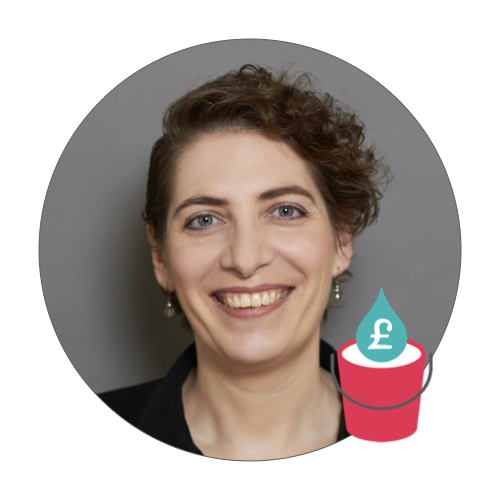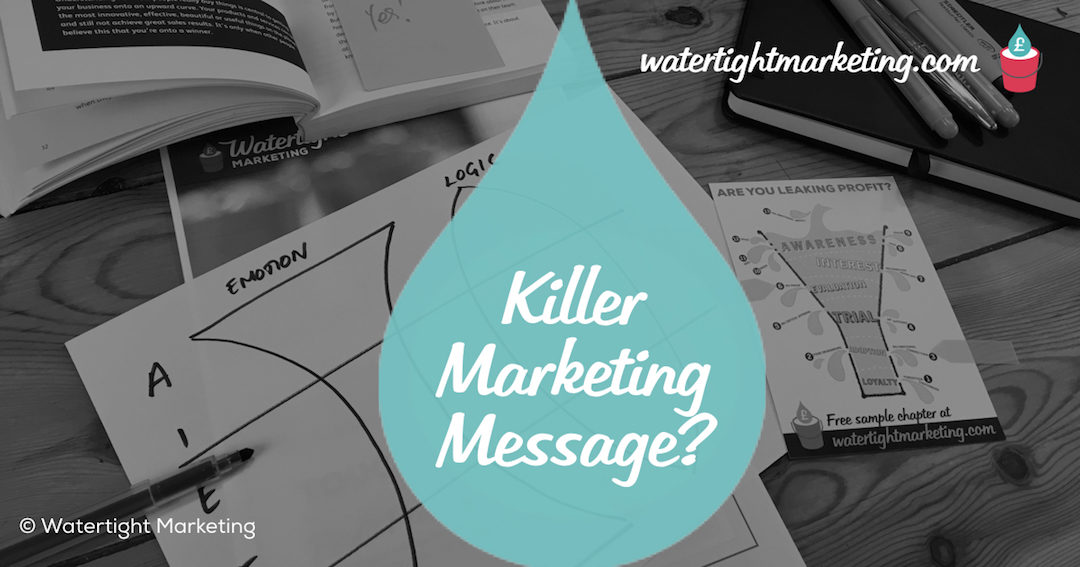Drop the elevator pitch to win more sales
If you just nail that killer marketing message the leads will come rolling in.
Right?
I’m not so sure.
You’ve probably been told that you need a powerful one-liner on the tip of your tongue, ready for that moment at an event when someone asks what you do, the round-robin at a business breakfast… or, of course, when you just happen to find yourself in an elevator with a Richard Branson.
Is there really one magic phrase that will get people to reach for their cheque book the moment they hear it? The answer is no. What you really need, for long-term sales results, is an integrated set of messages that work together to address the different needs of your buyer at each step in their decision. I call this The Logic Sandwich, and it helps you to map your marketing messages to the way that real people really buy things. If you can do this, you will get more people to take the whole journey to from noticing you to raving about you.
Are you serving up a Logic Sandwich?
There’s an interplay between the left and right sides of the brain. To win that new customer, you’ll need to appeal to both. You’ll need emotion to catch their attention, logic to address their specific requirements, and emotion to cement the relationship. Miss any of these needs, or address them in the wrong order and you will lose the sale. This is about your message. It’s about knowing what to say, and when to say it.
A buying decision we can probably all picture is a family choosing a new home. They may be prompted into action by the arrival of a new child. They start to see their home as cramped and imagine it will be uncomfortable for a larger family. In the case of a first child, where they’re living may not be the kind of place they want to raise children. There’s a problem to solve. They’ll draw up a list of the things they need from a new family home: number of rooms, parking, proximity to good schools, garden space, etc. They’ll also be mindful of logical constraints, like their budget, how much renovation they could take on, and driving distance from their place of work. Then, they’ll start the search. The logical criteria will rule things in or out. But, very often the place a family ends up buying is the one that they ‘had a good feeling about’. Indeed, compromises are often made on the wish list, or budgets stretched to breaking point, for somewhere that feels like home. In this scenario, they were jolted into action by a problem and the negative emotion that goes with that, they logically reassured themselves of their choices against a list of specific criteria, but the final decision was very much driven by the heart and the positive picture of a comfortable family life.
And whether you’re selling widgets or knowledge, this (to a greater or lesser extent) is the journey you’re trying to replicate for people who buy from you.
A message for each step of the sale
One killer marketing message will never do the whole job. You need at least six – one for each of the six tasks of marketing:
- Awareness: High Emotion, Low Logic – ‘Do you feel like this?’
- Interest: Medium Emotion, Medium Logic – ‘This is what you could do about it’
- Evaluation: Low Emotion, High Logic – ‘See how it’s worked for others’
- Trial: Low Emotion, High Logic – ‘This is what you need to make it happen’
- Adoption: Medium Emotion, Medium Logic – ‘Imagine how great it would be’
- Loyalty: High Emotion, Low Logic – ‘Is everything still great?’
So, I’d say drop the focus on your elevator pitch. Because, whilst the first thing you say is indeed important, if you don’t know what to say next you will never get someone right through to being a raving, paying, profitable customer.
© Bryony Thomas | Illustration by Lizzie Everard. This is an adapted excerpt from Watertight Marketing and originally appeared as an article for Fresh Business Thinking.

Bryony Thomas
Author & Founder, Watertight Marketing
Bryony Thomas is the creator of the multi-award winning Watertight Marketing methodology, captured in her best-selling book of the same name. She is one of the UK's foremost marketing thinkers, featured by the likes of Forbes, The Guardian, Business Insider and many more, and in-demand speaker for business conferences, in-house sales days and high-level Board strategy days.


